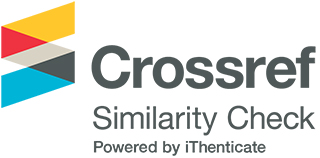Do Learners Acquire the Functions of the English Passive Along with Its Form? Case Study of Armenian Learners
DOI:
https://doi.org/10.33422/ejte.v6i1.1206Keywords:
corpus linguistics, second language acquisition, pragmatics, Armenian languageAbstract
The study investigates the impact of learners’ mother tongue (L1) on second language (L2) acquisition, with a focus on Armenian learners of English. By analyzing the use of the passive voice in both native English speakers’ and Armenian learners’ corpora, the study aims to address a research gap concerning the influence of L1 on the acquisition of form but not function in the Armenian context. The study hypothesizes that the pragmatic aspect of the passive voice in Armenian would influence its usage in English. Utilizing Contrastive Interlanguage Analysis, both quantitative and qualitative research methods were employed to analyze the Armenian learners’ corpus (compiled in line with International Corpus of Learner English (ICLE)) and a sub-corpus of the Louvain Corpus of Native English Essays (LOUVAIN). The analysis revealed that Armenian learners effectively utilized the passive voice without errors, and their pragmatic usage closely resembled that of native speakers. This finding contradicts the hypothesis that learners struggle with acquiring the functions of grammar issues.
Downloads
Published
How to Cite
Issue
Section
License
Copyright (c) 2024 Emma Nemishalyan

This work is licensed under a Creative Commons Attribution 4.0 International License.









